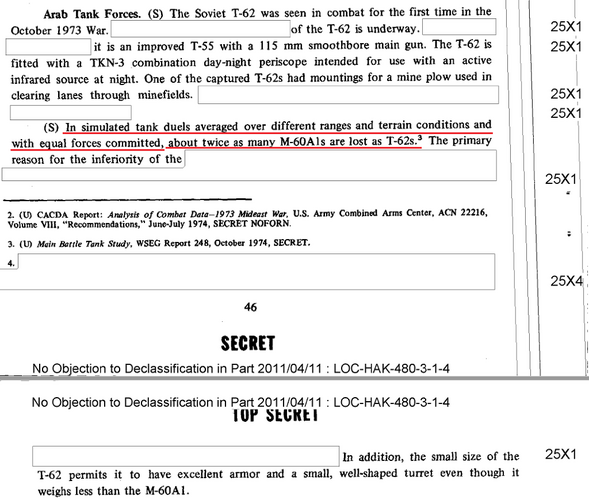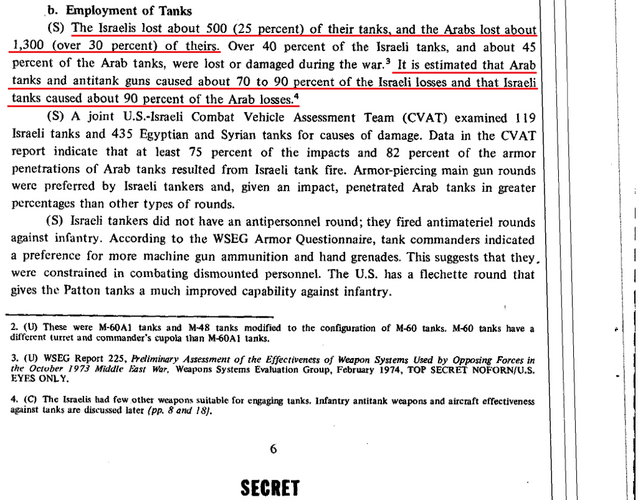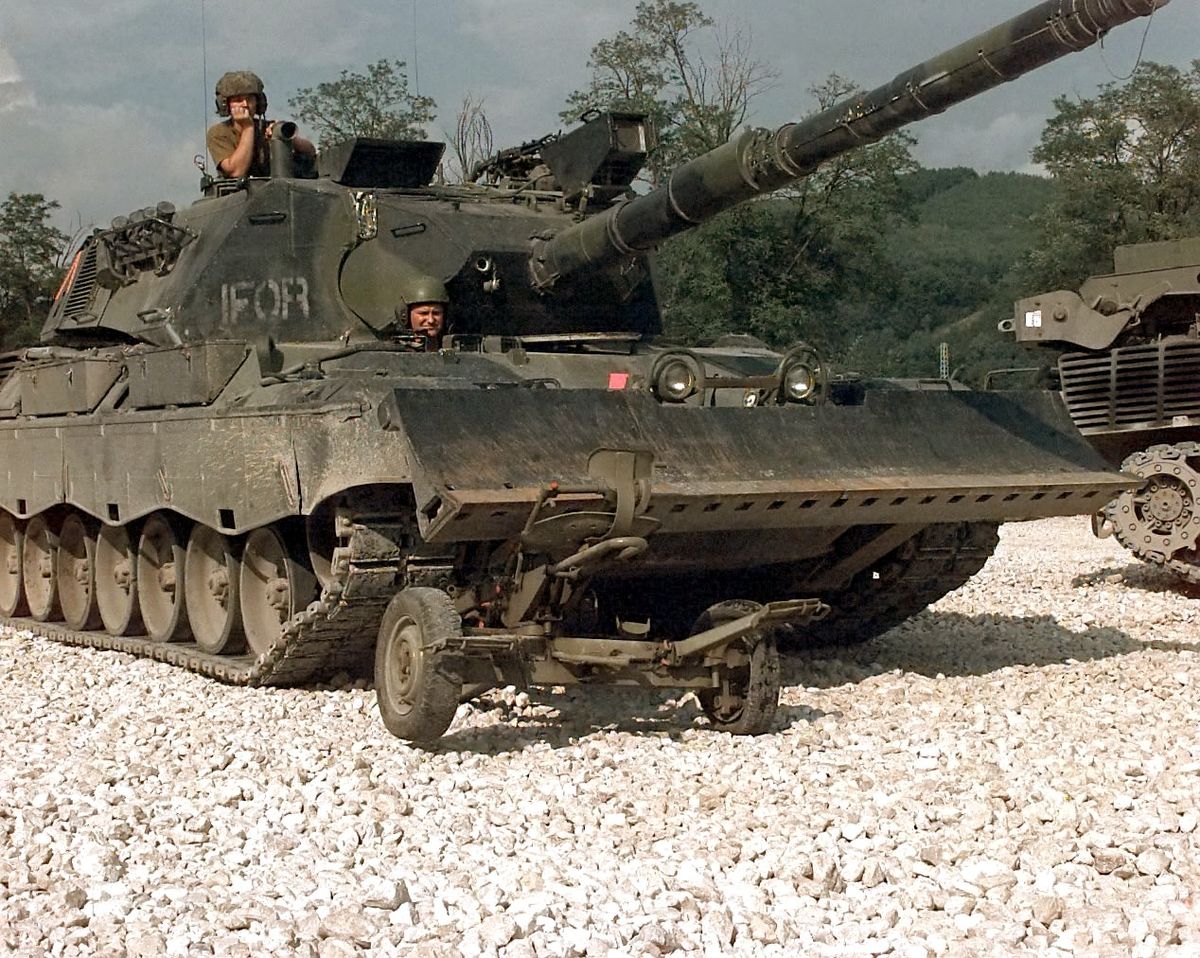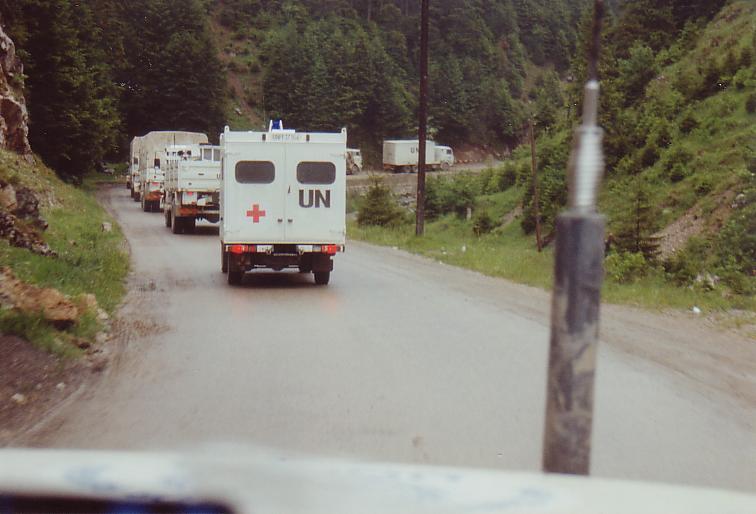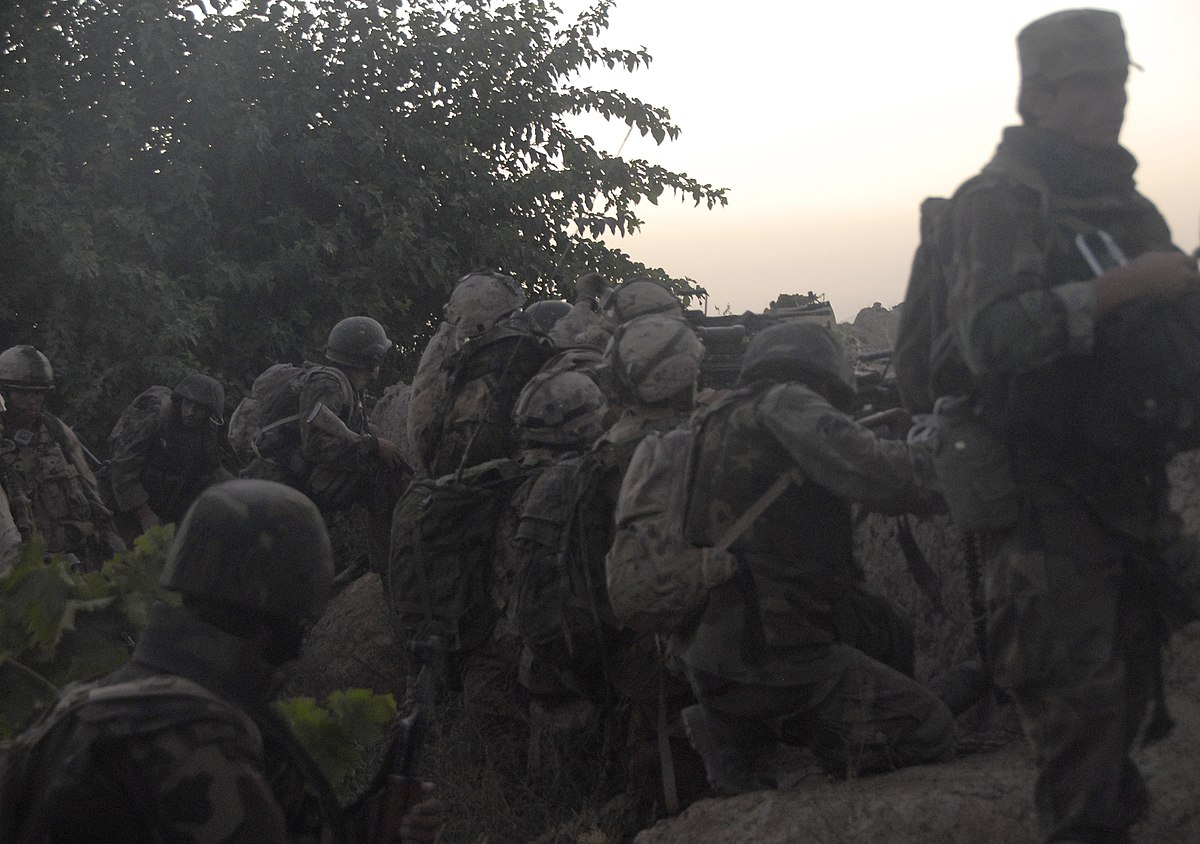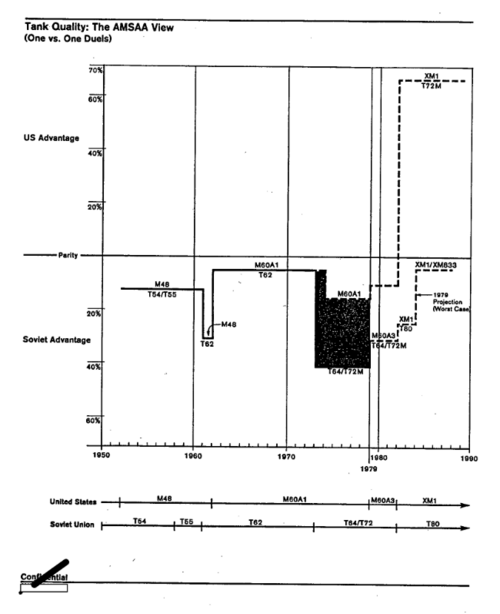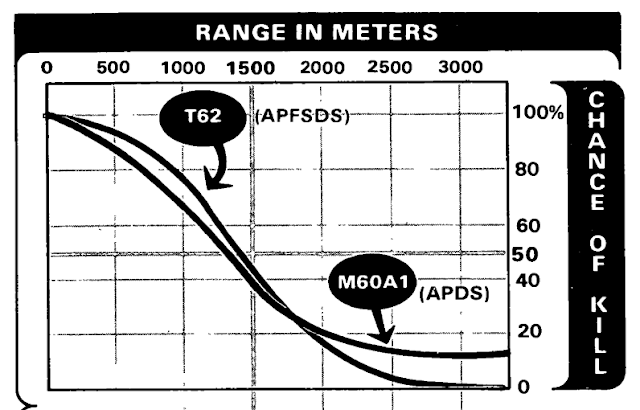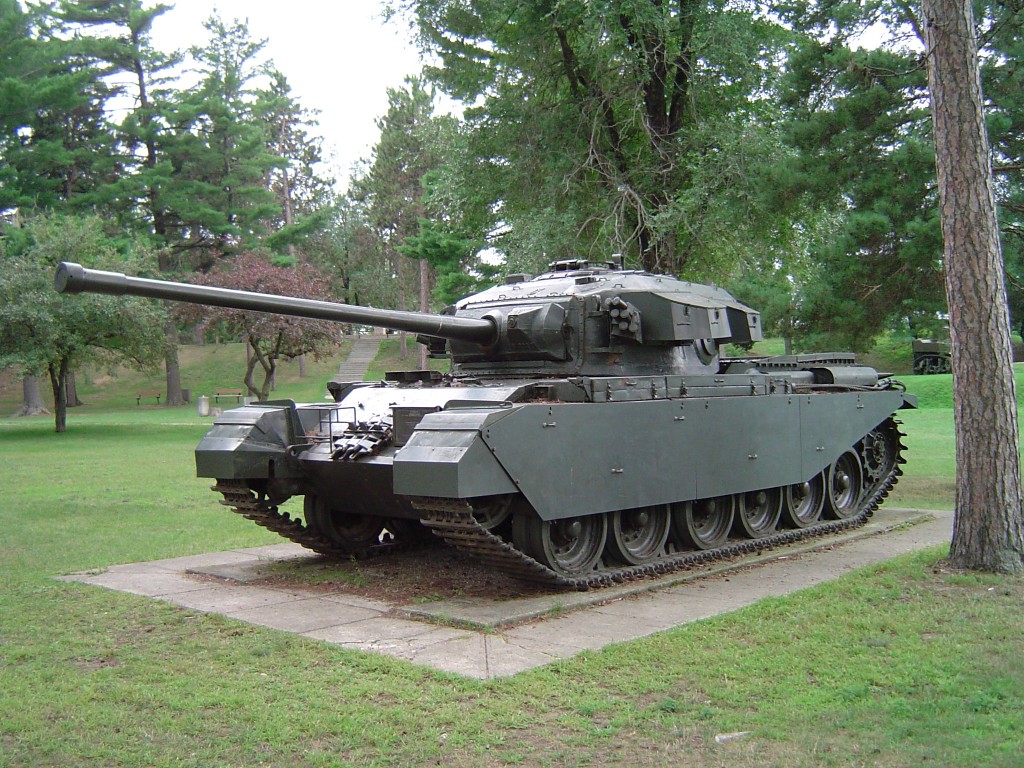Christopher Wang
ACCESS: Confidential
- Joined
- 3 June 2021
- Messages
- 130
- Reaction score
- 238
The following was originally posted on the War Thunder Forums by DMYEugen on June 26, 2022 ( https://forum.warthunder.com/index.php?/topic/557699-m60-an-alternate-future/ ):
After its entrance into NATO, West Germany was allowed to rearm itself and build up a tank force. This tank force initially consisted on cheaply acquired M47s and M48s, the latter of which would see many upgrades. While these tanks were all well and good, they were ultimately stop-gap vehicles acquired for self-defense while a domestic design was being developed. This domestic design would be eventually come to be the Leopard 1 series of vehicles. Of course, before being accepted into service, the Leopard 1 needed to undergo a number of tests. One of these tests was comparative trials against a number of other vehicles including two 105mm armed M48A3s and one standard M60.
The M60 would be purchased from the US and given German markings as well as, potentially, a basic German paint job. The M60 was chosen as a competitor for a few reasons, one of which being the fact that the M60 was essentially just a fancy M48. A lot of the parts from an M48 could be used on a M60 and German crews already knew how to use an M48. Overall, the M60 was considered to be a more economical alternative to the Leopard 1. Trials commenced in 1964 and, while the 105mm armed M48A3s and M60 were considered to be perfectly serviceable vehicles, the pre-series Leopard 1 was simply considered to be better.


This wouldn't be the last time the German M60 was used, however, as, after the Leopard 1 had entered service, it was seen again alongside a M48A2C and an early production Leopard 1A3. Whether it was again being used in comparative trials or was simply brought out for a photo is ultimately unknown.

Left to Right: M60, M48, and Leopard 1
The M60 remains in German hands to this day and rests peacefully at the Munster Tank Museum, although it has been painted to look like a US M60.

Source:
Marx, Stefan. Der Kampfpanzer m 48 in der Bundeswehr. Tankograd Publishing. pp. 64–66.
After its entrance into NATO, West Germany was allowed to rearm itself and build up a tank force. This tank force initially consisted on cheaply acquired M47s and M48s, the latter of which would see many upgrades. While these tanks were all well and good, they were ultimately stop-gap vehicles acquired for self-defense while a domestic design was being developed. This domestic design would be eventually come to be the Leopard 1 series of vehicles. Of course, before being accepted into service, the Leopard 1 needed to undergo a number of tests. One of these tests was comparative trials against a number of other vehicles including two 105mm armed M48A3s and one standard M60.
The M60 would be purchased from the US and given German markings as well as, potentially, a basic German paint job. The M60 was chosen as a competitor for a few reasons, one of which being the fact that the M60 was essentially just a fancy M48. A lot of the parts from an M48 could be used on a M60 and German crews already knew how to use an M48. Overall, the M60 was considered to be a more economical alternative to the Leopard 1. Trials commenced in 1964 and, while the 105mm armed M48A3s and M60 were considered to be perfectly serviceable vehicles, the pre-series Leopard 1 was simply considered to be better.
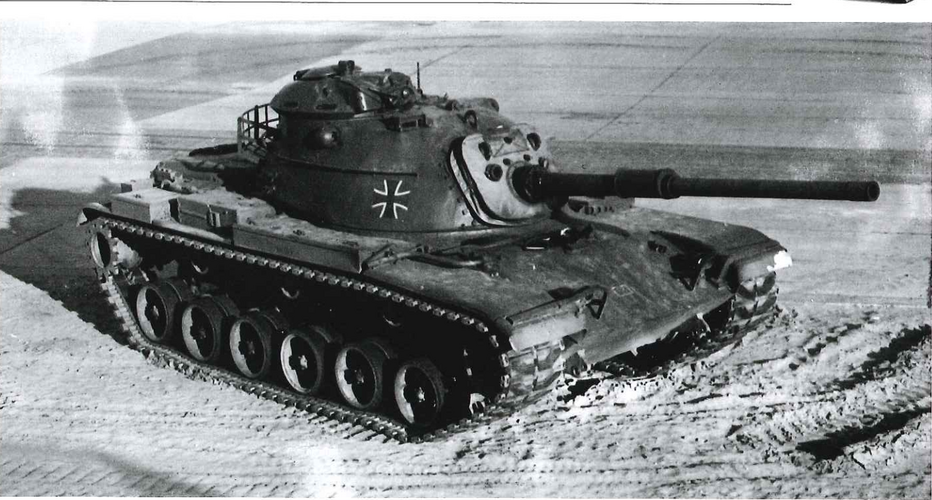
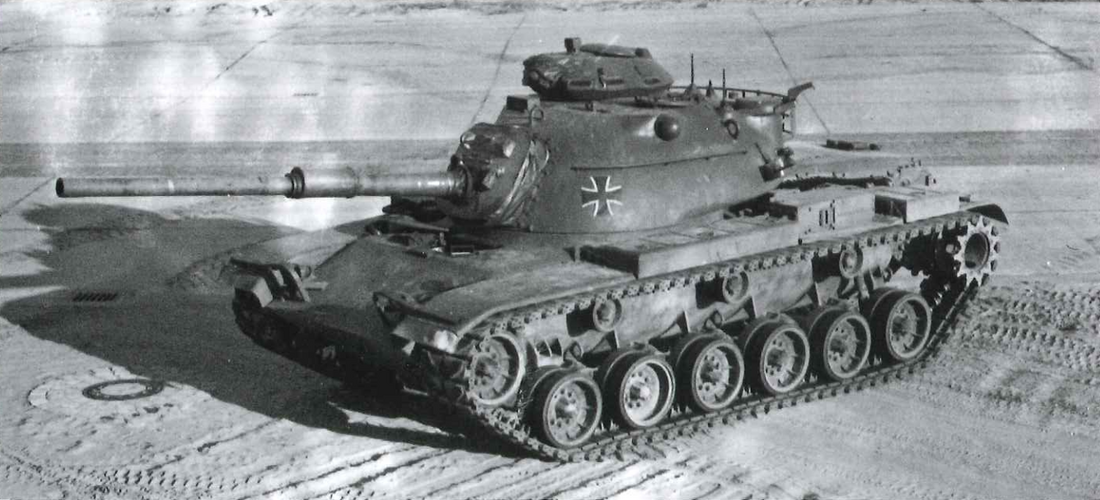
This wouldn't be the last time the German M60 was used, however, as, after the Leopard 1 had entered service, it was seen again alongside a M48A2C and an early production Leopard 1A3. Whether it was again being used in comparative trials or was simply brought out for a photo is ultimately unknown.
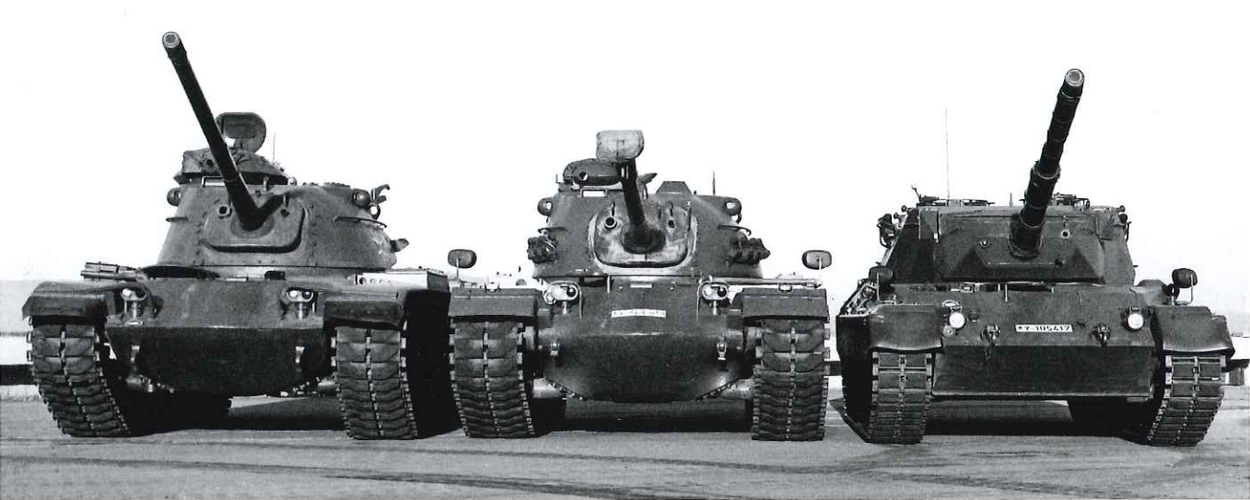
Left to Right: M60, M48, and Leopard 1
The M60 remains in German hands to this day and rests peacefully at the Munster Tank Museum, although it has been painted to look like a US M60.
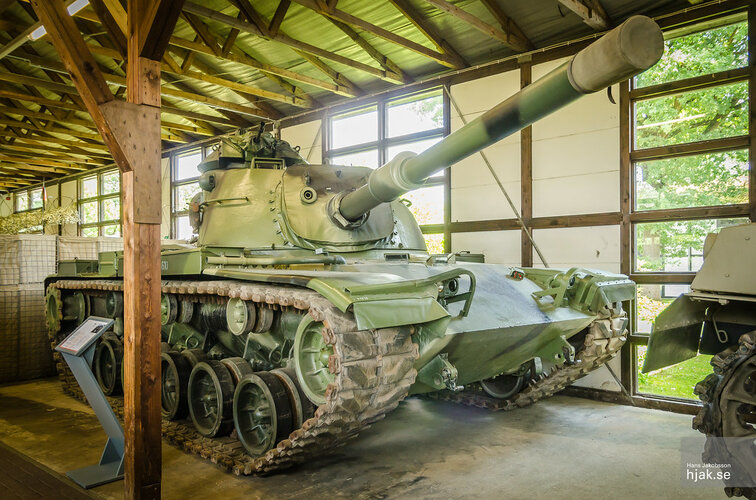
Source:
Marx, Stefan. Der Kampfpanzer m 48 in der Bundeswehr. Tankograd Publishing. pp. 64–66.

